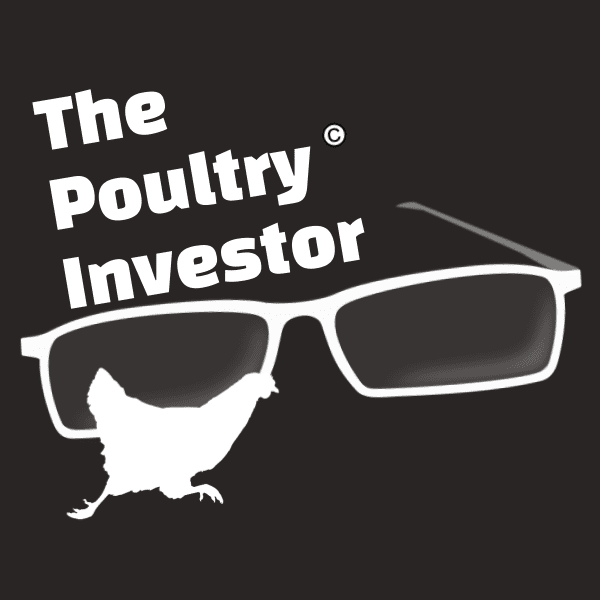Hello again,
Getting a continuous run of eggs delivered to market, takes some engineering.
Whilst layers typically lay on egg per day,
Their commercial profitability tends to taper off at about 72 weeks (by most markets).
Which means unless you have another batch simultaneously reared,
…you’ll have a 20-week delay waiting for another batch of day-old chicks (DoCs) to mature before returning to market.
So,
You need to engineer a model.
A pattern of production.
Take this example….
Here, the FAO advise the following as best practice for layer farm production modelling:
Source: Good practices in planning and management of integrated commercial poultry production in South Asia
By adopting one of the models in the box above,
Your layer farm should never be without product on any given week of production.
In other words,
…your customers should consistently receive deliveries – without break.
The difference between models can be seen in:
- the frequency of stock replenishment,
- & scale of production
But,
Where should we begin in translating the figure above into real production estimates?
The fine detail can be seen below:
This table gives you the means to begin calculating your own projections based on the (1+2 / 1+3 / 1+1+5) models.
In working things out for yourself from the figures above,
A few words of warning:
- age in column one starts from 21weeks
- hen-day egg production is %, or per 100 hens i.e. wk 21 = 8 eggs per 100 hens per day
- feed is measured as kg per 1000 birds i.e. wk 21 = 75kg per 1000 birds per day
This all seems pretty straight forward enough,
But when you sit down to build the model on paper, all it takes is one slip up to take your numbers completely off track.
Easily done…I’ve tripped up on this myself until now.
So,
Let’s compare production profiles between models:
All-In-All-Out layer model (100 layer batch size)
Features:
- Initial 21 wk delay to maturity before 1st egg
- Rapid/vertical climb of production between 21 – 27 weeks
- Gradual 5-part stepdown of production until week 72
- Peak production 658 eggs per week
- 500 eggs per week = the point of replenishment (divestment)
This model means you only manage one flock at a time. This will have its benefits inc:
- Better biosecurity
- Simplicity of operations
But there will be a 21- week gap in production between batches. No intermediate sales, or cash flow.
1+2 layer model (100 layer batch size)
Features:
- Initial 21 wk delay to maturity before 21st egg
- Rapid/vertical climb of production between 21 – 27 weeks to baseline (~600 eggs per week)
- Second rapid climb to full production (ceiling) between 49 weeks – 57 weeks
- Gradual 5-part stepdown of production until week 72, when production almost halves immediately
- Peak production 1,246 eggs per week
- 588 eggs per week = the point of replenishment (divestment)
This model means you manage two flocks at a time. This will have its benefits inc:
- Never completely running to zero on production
- Lower biosecurity risks, than managing more flocks
1+1+5 layer model (100 layer batch size)
Features:
- Initial 21 wk delay to maturity before 1st egg
- 4-step rapid/vertical climb of production between 21 – 68 weeks to baseline (~2,387 eggs per week)
- A sharp peak to full production (ceiling) between 69 weeks – 72 weeks
- A steep drop off of production from week 72 – 73, as one laying batch makes way for a new batch of chicks
- Peak production 2,772 eggs per week
- 2,387 eggs per week = the point of replenishment (divestment)
This model means that once you reach full production levels, you mostly manage four flocks at a time.
5 flocks at most.
This will have its benefits inc:
- Never completely running to zero on production
- Lower biosecurity risks, than managing more flocks
- Producing over 2,000 eggs per week at full production, consistently
- A much narrower band of production variance: 2,387 eggs (minimum) to 2,772 eggs (max.)
The bottom line…
There are various approaches to layer farm egg production.
Each model has its own risk vs. benefit profile.
You’ll need to weigh both up considerably before making a sure decision.
The 72-week divestment window isn’t mandatory.
It just works out for most commercial models, that to keep a layer flock beyond this isn’t profitable.
But for your farm, this might not be the case.
You’ve got to make the judgment.
The hope is, with a little support along the way with making things clear – you’ll make the right decision.
Remember,
…production is one thing, but profitability is another.
This is where the call you make will really count.
However, building blocks of detail like this email should help you design a solid big picture.
But for now, I’d like to hear from you:
Are you an experienced layer farmer looking to build in more productivity?
Or, still in the planning phase wanting to have confidence with your figures?
Either way, write me back and let me know.
I read every comment.
Speak soon.
Temi

Do you have advise for layer producers in the tropicals